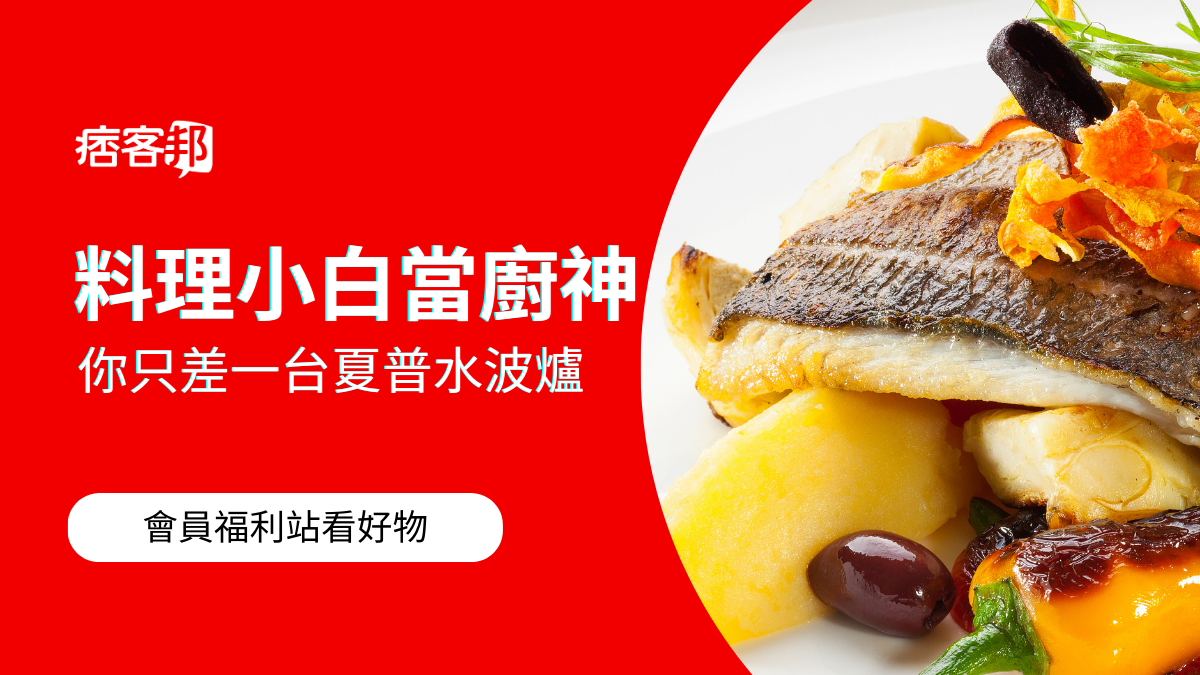In pinyin, c'è solo una "e" ma ci sono due pronuncie, come "e" di "月 Yuè ㄩㄝˋ" (luna) oppure "e" di "的 de ㄉㄜ˙" (di), allora, come facciamo a sapere, quando si legge "e" come "e" aperta in italiano oppure "e" come "de"? "E" come e aperta in italiano segue dopo "y, i oppure ü, yu", per esempio:
1. 夜 yè ㄧㄝˋ = notte
2. 約/约 Yuē = verso, più o meno
Poi, "e" come "e" aperta in italiano può essere combinata e va combinata con una consonante insieme a "i" o "ü/u"; NON può essere combinata da sola con una consonante, per esempio:
1. 貼/贴 Tiē = attaccare
2. 學/学 Xué = imparare
Quindi:
1. y/i oppure yu/ü + e, e = e aperta ossia ㄝ (zhuyin)
2. b, p, m, l, d, t, m, n, l, j, q, x + ie oppure üe/ue, e = e aperta ossia ㄝ (zhuyin)
Mentre "e" come "的 de ㄉㄜ˙", non può essere combinata con "y, i, ü, yu oppure w/u", può SOLO essere combinata con le consonanti, per esempio:
1. 車/车 Chē = macchina
2. 樂/乐 Lè = essere contento
Poi, può anche esistere da solo, per esempio:
惡 / 恶 È = cattivo
Quindi:
1. l, d, t, m, n, g, ch, zh, k, h, sh, r, z, c, s + e, e = ㄜ (zhuyin) ovvero e di 樂/乐 Lè.
2. "e" esiste da solo la pronuncia è anche uguale a "e" di 樂/乐 Lè
Queste spiegazioni sono lunghe, ma spero che vi siano utili
In pinyin, there's only one "e" but there are two pronunciations, like "e" of "月 Yuè ㄩㄝˋ" (moon) or "e" of "的 de ㄉㄜ˙" (of). How can we know when to read "e" as 月 or "e" as "的"? I tried to give some explanations:
"E" which is read like "月 Yuè" can be combined with "y/i" or "ü/u/yu", for example:
1. 夜 yè ㄧㄝˋ = night
2. 約/约 Yuē ㄩㄝ = about
Furthermore, "e" ㄝ (zhuyin) can be combined not only with "y/i" or "ü/u/yu", but also with some consonants; but ATTENTION, "i", "u" or "ü" must be combined with "e", ONLY in these situations "e" can be combined with other consonants. For instance:
1. 貼/贴 Tiē = paste
2. 學/学 Xué = learn
So, the conclusions are:
1. y/i or yu/ü + e, e = ㄝ (zhuyin)
2. b, p, m, l, d, t, m, n, l, j, q, x + ie or üe/ue, e = ㄝ (zhuyin)
While "e" like "e" read as "e" (ㄜ zhuyin) of "的", it cannot be combined with "y, i, ü, yu or w/u", it can only be combined with some consonants, for instance:
1. 車/车 Chē = car
2. 樂/乐 Lè = happy
Furthermore, "e" can exist alone as a word, for example:
惡 / 恶 È = bad
So, the conclusion is:
1. l, d, t, m, n, g, ch, zh, k, h, sh, r, z, c, s + e, e = ㄜ (zhuyin)
2. "e" alone can be read as "e" of 樂/乐 Lè
I hope these explanations are clear for you. ^^
以上是我教拼音做出的整理,注音沒有ㄝ和ㄜ搞混的問題,但是e在拼音中卻有兩個讀音,也就是ㄝ和ㄜ,所以學生一開始學習往往都會露出一臉狐疑的表情(e是什麼?可以吃嗎?)。也許教學經驗不豐容易有遺漏不清楚的地方,歡迎大家評論指教!^^





 留言列表
留言列表


